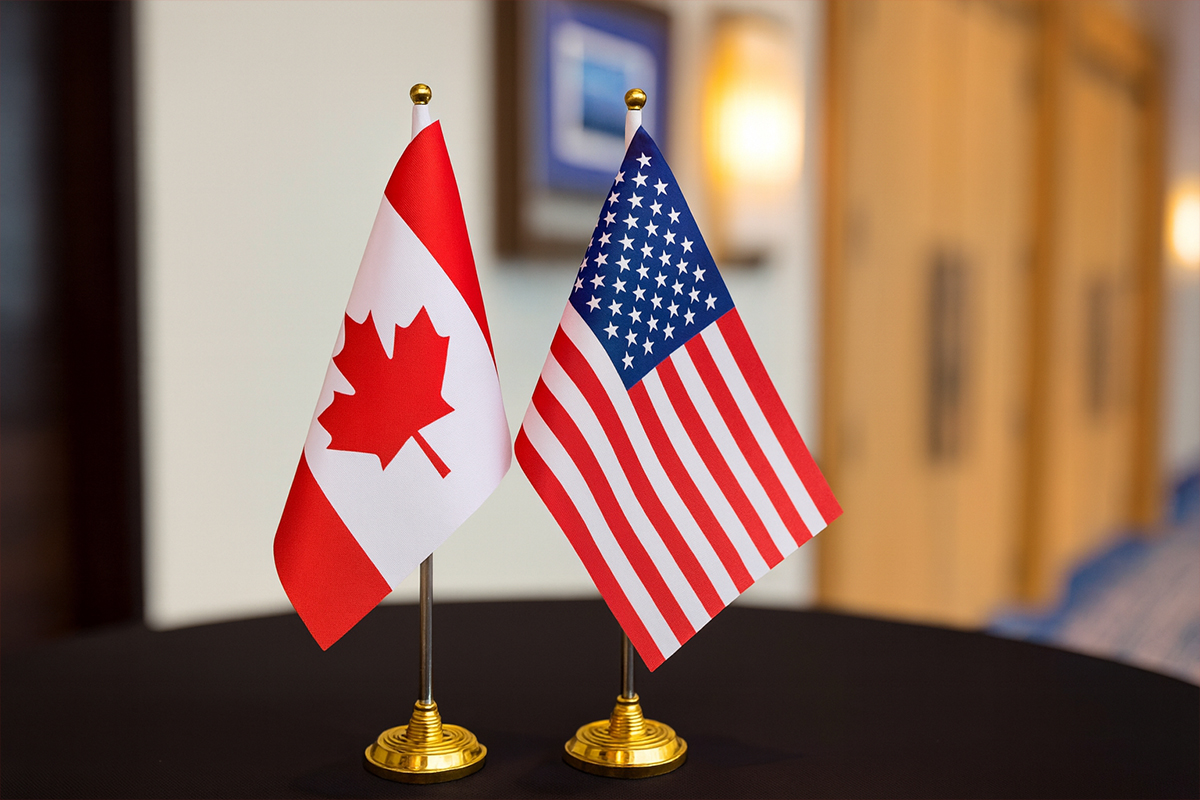As we often talk about at (W)right On, communication isn’t one-size-fits-all. Apart from the general messaging, it’s shaped by many things including geography, local culture, and even economic context. Whether you’re pitching to the media, leading a meeting, or firing off an email, knowing regional communication styles can be the difference between connection and confusion. Having grown up in the Pacific Northwest but today guiding communications throughout North America and the world, I was recently reminded of this.
What Makes Regional Styles Matter
Some places favor low-context communication—clear, direct, to the point—while others rely on high-context communication, which hinges on nuance, relationships, and unspoken cues. In high-context settings, a pause or a facial expression can communicate more than words. In low-context cultures, clarity is king. Understanding these cultural patterns is vital for organizations managing diverse audiences.
The Pacific Northwest: Polite, Relaxed, and Rich in Context
I was reminded how powerful these regional differences can be when I recently attended the Pacific Northwest Economic Region (PNWER) Summit in Seattle. Conversations there underscored what makes the PNW unique: a communication style that is collaborative, understated, and rich in nuance.
Even formal discussions at PNWER felt conversational. Presentation, panel and hallway conversations often wove in personal stories alongside policy talk.
This is perhaps why the United States Ambassador to Canada’s comment at PNWER describing Canadians as ‘mean and nasty’ was a room misread.
PNWER itself — which brings the U.S. states of Washington, Oregon, Idaho, Montana and Alaska together with the Canadian provinces of British Columbia, Alberta and Saskatchewan — thrives on this open, cooperative style. PNWER is a prime example of the importance of respecting regional communication norms to avoid a diplomatic faux pas.
Intentionally offending your audience is not a best practice at a gathering that’s all about fueling cross-border partnership and progress like the one in Seattle last month.
Why It Matters for Communication Professionals
If you’re crafting PR messaging or managing outreach, knowing how your audience prefers to talk and receive messages can elevate your results:
- In the PNW, a warm, indirect tone, like, “just a heads-up” instead of “urgent action required,” can build respect and trust.
- In the Midwest, communications may lean more formal and politely structured.
- In Northeastern hubs like New York, directness and efficiency tend to take precedence.
- Internationally, high-context cultures (e.g. parts of Asia) may require relationship building before business, while low-context cultures (e.g. Germany) value clarity and brevity.
Public relations professionals don’t use the same tone when speaking with a business journalist versus a travel writer. The same is true when you’re focusing your messages on regional audiences. What flies in NYC may not in the PNW.
FOR TIPS on tailoring communication to your audience, check out this (W)right On Communications blog post.

Seek First to Understand Before Being Understood
Steven Covey’s 7 Habits of Highly Effective People was a popular business book early in my career, and its advice has always stuck with me. Covey’s fifth habit was to seek first to understand others before you try to make them understand you. Sounds so basic today! But in the command and control era of the 1980s—an era that many of today’s chief executives and political leaders came up in—this was a breakthrough idea.
Before you write remarks or craft a communications strategy for a regional audience, cultivate a good understanding of the audience’s beliefs, preferences and styles. A little upfront external research to understand your audience better is invaluable if you want your message to be received.
If you’re helping a CEO with a presentation to a culture that’s accustomed to more indirect or high context communication styles, you’d be wise to counsel her to temper her style and watch for subtle cues from her audience—common among indirect communicators.
Final Thought: Dialing Into Local Dialects
Communication is so much more than words. It’s tone, pacing and even where you insert the word “thanks.”
Returning to the Pacific Northwest and PNWER conference, dialogue felt more collaborative and less prescriptive. From the majority of participants and speakers, I felt a rhythm founded on trust, nuance, and authenticity.
By tuning into these regional rhythms whether in Seattle, San Diego, New York or across global markets, you’ll make your messages land with clarity, connection, and genuine cultural resonance.
Written by Grant Wright, CEO at (W)right On Communications. For more insights or to connect with our team, contact (858) 886-7900 or info@wrightoncomm.com.
















